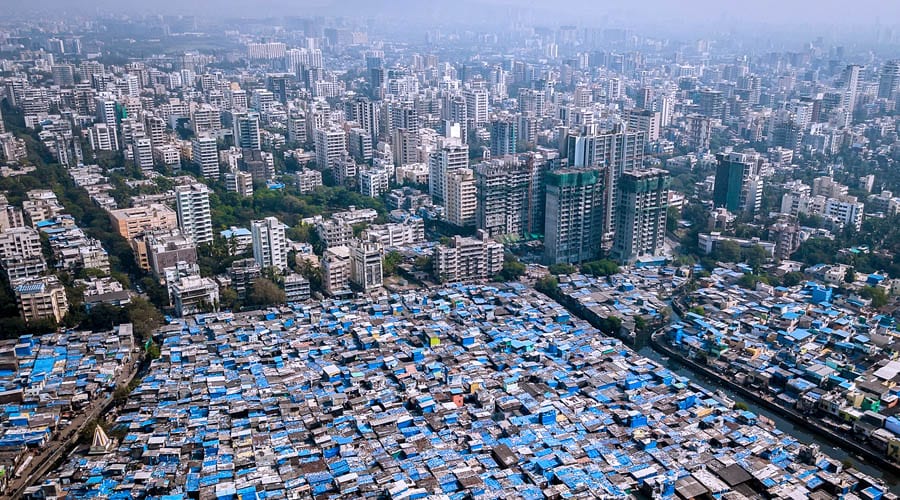Bettencourt and Sahasranaman attempt the first detailed analysis of Indian cities as complex systems
March 14, 2019

In a world of rapid urbanization and population growth, India stands at the forefront of urban growth, destined to surpass China as the world’s most populous nation by 2024. Against this backdrop of massive urbanization and the need to methodically guide its course, there is a rising demand for a systematic assessment and understanding of Indian cities and their complex processes.
In this paper, “Urban geography and scaling of contemporary Indian cities”, Luis Bettencourt and Anand Sahasranaman set forth the first detailed analysis of Indian cities as complex systems, bringing together under a common framework a quantitative and comprehensive assessment of several urban attributes. Using urban scaling together with ideas from urban geography, the paper is a starting point for a holistic and empirical characterization of Indian cities, an approach that is critical for sustainable urbanization and population well-being in India and globally.
The paper explores scaling relationships of various spatial, socio-economic, and infrastructural characteristics of Indian cities with their populations. Of special focus is the analysis of scaling patterns with respect to two sets of activities — crime and technological innovation. Though largely concentrated in large urban areas, technological innovation (measured through patenting activity) was found to be uncharacteristically high in many smaller cities owing to the particular geography of technological innovation in India. Crime, on the other hand, recorded surprisingly higher rates of violence per capita in smaller towns relative to the nation’s largest cities. The paper attempts to explain these deviations by contextualizing cultural and sociological factors such as caste and gender, as well as historical and geographical indicators that are specific to India.
Moreover, the paper points towards the critical need for measuring urban economic statistics at the local level in India, including neighborhoods, which tend to record the strongest patterns of inequality. Bettencourt and Sahasranaman’s study is a first of any comprehensive analysis of the integrated characteristics of contemporary Indian cities, opening up the scope and possibilities for scaling and geographical analysis in the study of rapidly transforming Indian cities.
